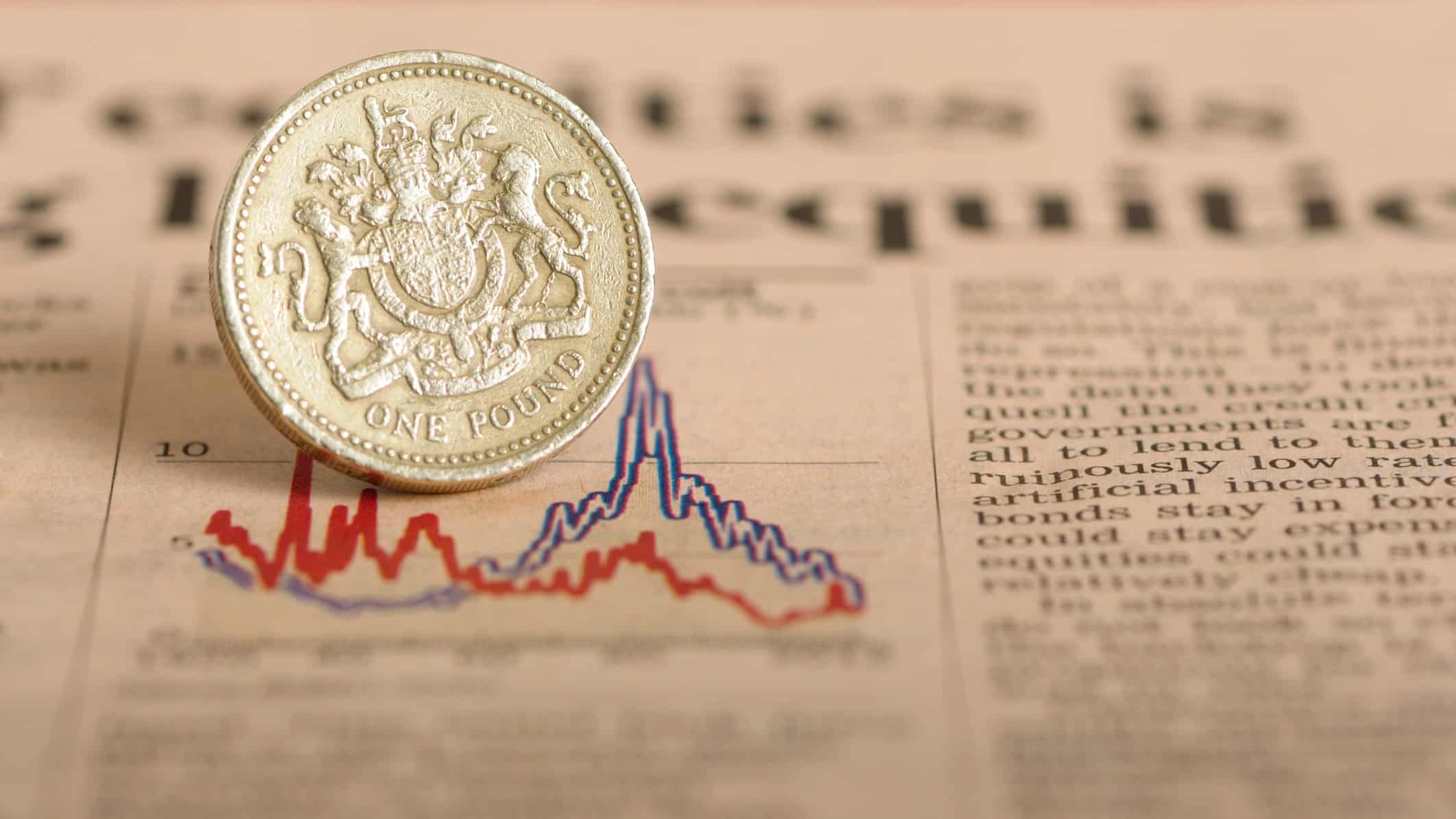High inflation and rising interest rates have been weighing on shares for some time. As a result, I think there are some great opportunities for value investors at the moment.
At the moment, I could buy a 10-year government bond with an annual yield of 3.5%. But there are a couple of UK stocks that I think are offering even better returns, making them worth the extra risk at today’s prices.
J D Wetherspoon
Top of my list is J D Wetherspoon (LSE:JDW). The stock doesn’t look particularly cheap – the 17p per share it generates amounts to a 2.8% return with the share price approaching £6.
Should you invest £1,000 in J D Wetherspoon Plc right now?
When investing expert Mark Rogers has a stock tip, it can pay to listen. After all, the flagship Motley Fool Share Advisor newsletter he has run for nearly a decade has provided thousands of paying members with top stock recommendations from the UK and US markets. And right now, Mark thinks there are 6 standout stocks that investors should consider buying. Want to see if J D Wetherspoon Plc made the list?
I think the company’s future cash flows will be much higher than they were in 2022, though. The overall business generated £22m in free cash, but this was after spending £85bn in one-off investments.
While I expect J D Wetherspoon to continue investing, I’m not expecting costs at this scale each year. And without them, the business would have made around 84p per share – a 14% return at today’s prices.
I’m not counting on the business reducing capital investments to zero. I don’t think that’s either likely or wise on the part of management. But at today’s prices, I don’t think they have to.
With shares priced at £6, even 25p per year would amount to a 4% return. And I think that’s highly achievable for J D Wetherspoon going forward.
The company’s debt level presents a risk, but investors are starting to appreciate the potential here and the stock is up 30% since the start of the year. That’s why I’d look to buy the stock sooner, rather than later.
Lloyds Banking Group
Shares in Lloyds Banking Group (LSE:LLOY) also look like good value to me. The stock has been caught up in the general uncertainty around banking, but I think the share price looks attractive here.
When valuing bank stocks, the usual approach is to take the return on equity a company generates and compare that to the cost of that equity – the price-to-book (P/B) ratio. By this metric, Lloyds looks cheap.
The company recently forecasted returns on tangible equity of between 13% and 16% going forward. And with the stock trading at 90% of the value of its tangible equity, the investment return looks good.
In my view, there are two main risks facing the bank at the moment. One is rising interest rates leading to loan defaults and the other is the possibility of tighter regulations following the recent banking turbulence.
As I see it, though, the current share price already prices in both of these risks. Even if the company’s earnings per share halved, the return would still be above the 3.5% offered by the 10-year bond.
That’s why I think the stock looks undervalued at the moment. It’s one that I’m looking to add to my portfolio when the new ISA season comes around.








